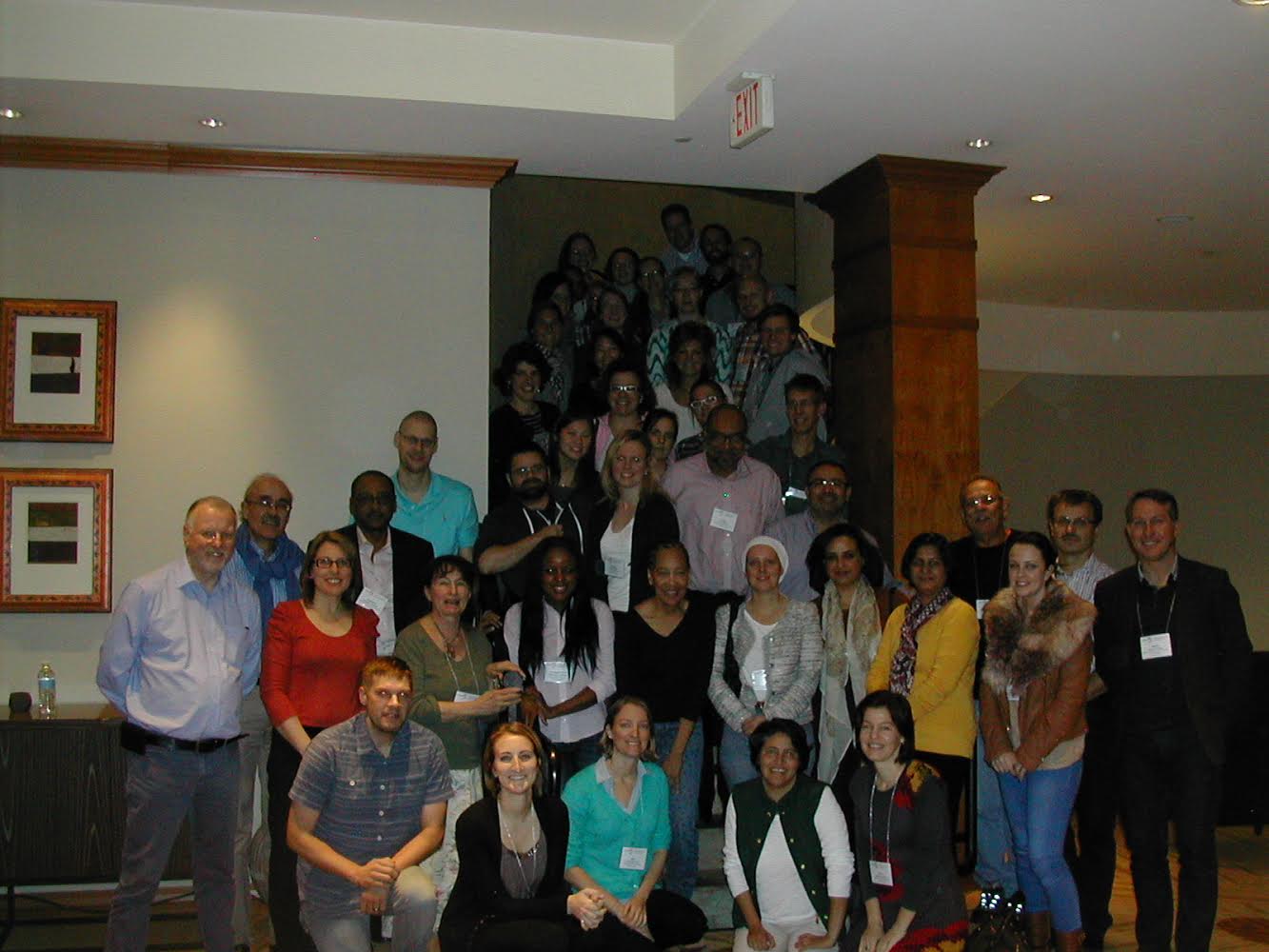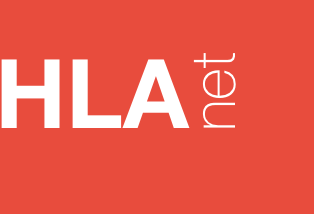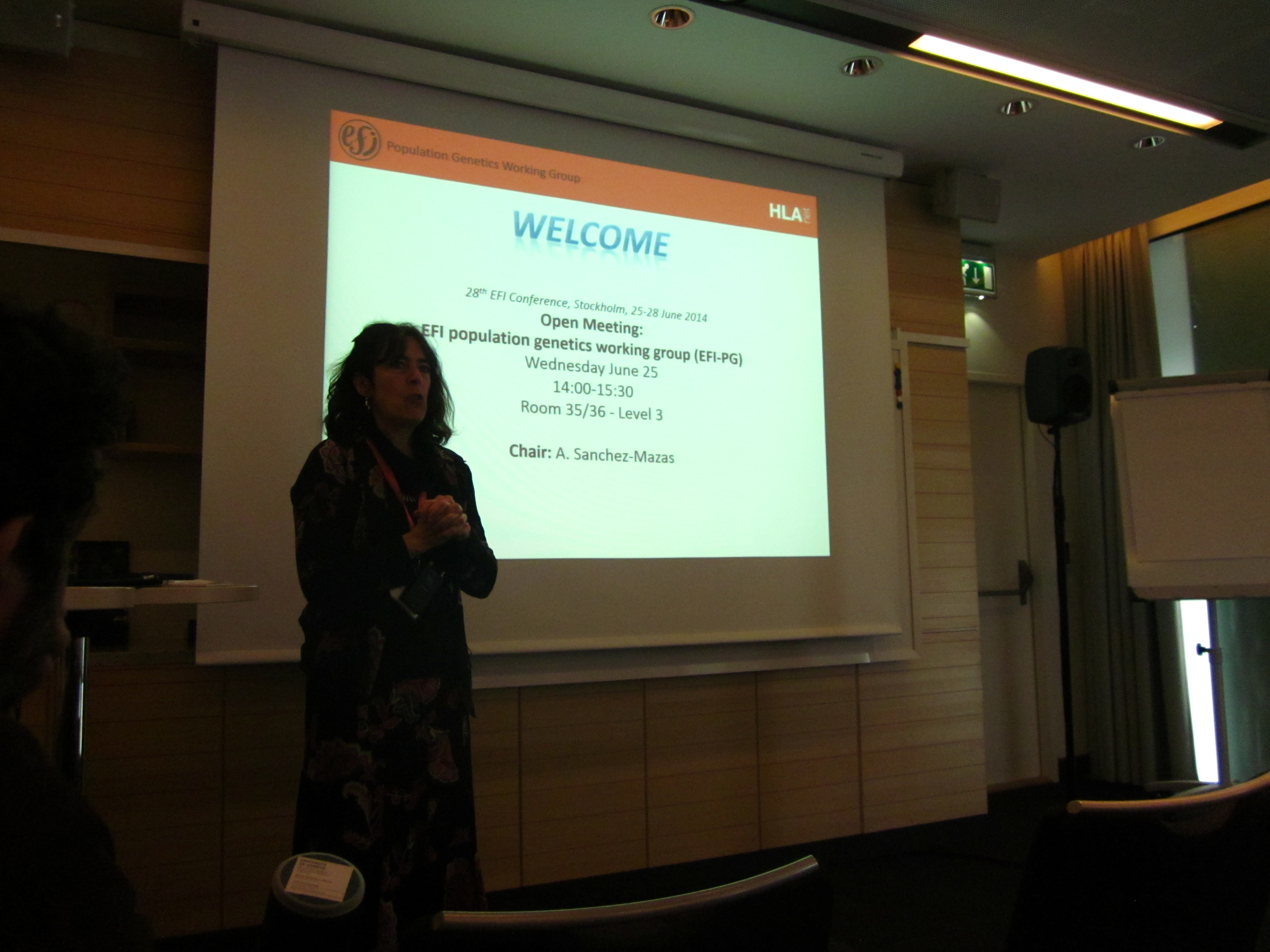15 laboratories of the HLA-NET BM0803 Action participated in this comprehensive study aimed at resolving three of the most common ambiguous group of alleles (HLA-B*44:02:01G, -DRB1*14:01:01G and -DQB1*03:01:01G) encountered during HLA typing. Almost 5100 individuals from 12 European countries were analyzed, providing the most detailed record to date on these ambiguities (relative ratios of alleles, linkage disequilibrium with other HLA loci, …).
Because these ambiguities are due to polymorphisms located outside of the exons coding for the peptide binding region, they may not be recognized by alloreactive T-cells. However, because of strong linkage disequilibrium (LD), mismatches for these ambiguous groups are associated to DRB3-, and C-mismatches. These results are thus very informative for algorithms searching unrelated hematopoietic stem cell donors. Furthermore, the introduction of human leukocyte antigen (HLA)-typing strategies that allow resolving exon 4 (for class I) and exon 3 (for class II) polymorphisms can be expected to contribute significantly to population genetics studies.
Read the article on Tissue Antigens website
Reference
Vidan-Jeras, B., S. Buhler, V. Dubois, Z. Grubic, M. Ivanova, T. Jaatinen, D. Ligeiro, et al. “Resolution of HLA-B*44:02:01G, -DRB1*14:01:01G and -DQB1*03:01:01G Reveals a High Allelic Variability among 12 European Populations.” Tissue Antigens, September 1, 2014. doi:10.1111/tan.12422.








